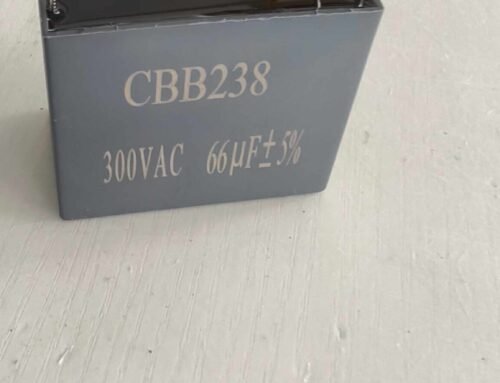1. Varistori on yksi käytetyimmistä jännitettä rajoittavista laitteista. Yleisesti käytetty on sinkkioksidi (ZnO) varistori, joka perustuu pääasiassa sinkkioksidiin raaka-aineena, lisäämällä erilaisia metallioksidien jälkiä, sekoittamalla muovaus, sintraus kokoonpano eräänlaisesta ylijännitesuojalaitteesta, sen ulkopuolella kapseloitu epoksihartsi (voi lisätä pigmenttiä).
2. Se vastaa muuttuvaa vastusta, joka on kytketty piiriin rinnakkain. Kun piiri toimii normaalisti, varistorin impedanssi on hyvin korkea ja vuotovirta on hyvin pieni, jota voidaan pitää avoimena piirinä ja jolla ei ole juuri mitään vaikutusta piiriin. Mutta kun hyvin korkea epänormaali jännite tulee, varistorin vastusarvo laskee välittömästi, toisin sanoen korkeasta resistanssista matalaan resistanssiin, liiallinen syöksyvirta vapautuu maahan, kun taas ylijännite on puristettu tietylle turvalliselle jännitealueelle, mikä suojaa back-end-linjaa; kun epänormaali ylijännite häviää, varistorin vastusarvo palaa alkuperäiseen korkean resistanssin tilaan, ja linja voi toimia normaalisti.
3. Ominaiskäyrä: Kun jännite nousee epälineaariseen vyöhykkeeseen, virta muuttuu melko suurella alueella, jännite ei muutu paljon, mikä osoittaa hyviä jännitteen rajoitusominaisuuksia; jännite nousee jälleen, varistori tulee kyllästymisvyöhykkeelle, joka osoittaa hyvin pienen lineaarisen vastuksen, koska virta on hyvin suuri, pitkä aika tekee varistorin ylikuumenemisen ja polttaa tai jopa räjäyttää.





